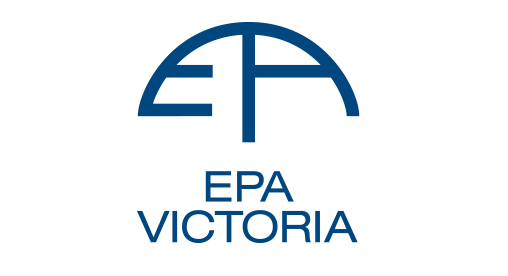EPA Victoria
Die Umweltschutzbehörde (EPA) Victoria nutzt Boomi , um ihre Cloud-first-Strategie zu optimieren und das Internet der Dinge (IoT) zu nutzen, indem sie Daten von Sensoren, Drohnen und Satelliten einbezieht.
Geschäftliche Ziele
Die EPA ist die Umweltbehörde des Bundesstaates Victoria, deren Aufgabe es ist, Schäden durch Umweltverschmutzung und Abfall zu verhindern und zu verringern.
Im Jahr 2017 begann das Unternehmen mit dem Übergang zu einer Cloud-First-Strategie und implementierte eine Reihe neuer, erstklassiger Anwendungen, um seine veraltete "All-in-One"-Umgebung zu ersetzen.
Die IT-Umstellung der EPA ist Teil einer umfassenden Investition der viktorianischen Regierung in Höhe von 182,4 Millionen Dollar, mit der die EPA in eine erstklassige Regulierungsbehörde umgewandelt werden soll, die für aktuelle und zukünftige Herausforderungen gerüstet ist.
Herausforderungen bei der Integration
Die EPA Victoria hat die Notwendigkeit erkannt, auf eine reaktionsschnellere, skalierbare und moderne Technologiebasis umzusteigen und die besten Cloud-Anwendungen zu nutzen.
Mit der Umstellung auf ein zweckmäßiges Cloud-First-Modell wurde dem Unternehmen jedoch zunehmend klar, dass es einen effizienten Verbindungsmechanismus benötigte. Mit den maßgeschneiderten, vor Ort installierten Middleware-Konnektoren konnte EPA nicht beliebig skalieren, ohne die IT-Ressourcen zu belasten.
Wie Boomi geholfen hat
Mit Boomi kann EPA Victoria eine Vielzahl von Systemen mit seinen Plattformen für Customer Relationship Management (CRM) und Human Resources (HR) verbinden und so Daten präzise und schnell mit Regierungsstellen, Notdiensten und anderen Parteien austauschen, auf die die Organisation angewiesen ist.
Dies wird der EPA Victoria helfen, proaktive Entscheidungen zu treffen und die Zuverlässigkeit und Redundanz zu gewährleisten, die die Organisation benötigt, um sicherzustellen, dass ihre verschiedenen geografisch isolierten Systeme bei Umweltproblemen funktionieren.
Ergebnisse
EPA Victoria wird Boomi nutzen, um sich ein ganzheitliches Bild vom Zustand der Umwelt in Victoria zu machen. Wenn Unternehmen zum Beispiel intelligente Laternenpfähle aufstellen oder Sensoren in ihren Gebäuden anbringen, kann EPA die von diesen Geräten generierten Daten mit Satelliten- und Drohnendaten kombinieren.
Mit dieser umfassenden Sichtbarkeit wird die Organisation in der Lage sein, Gefahren einzuschätzen und die am besten geeigneten Lösungen zu entwickeln, wie z.B. Strategien zur Abfallbeseitigung im Falle von Verschüttungen oder maßgeschneiderte Beratung für Landverwalter und Kommunen.


 English
English Deutsch
Deutsch Français
Français Italiano
Italiano 日本語
日本語